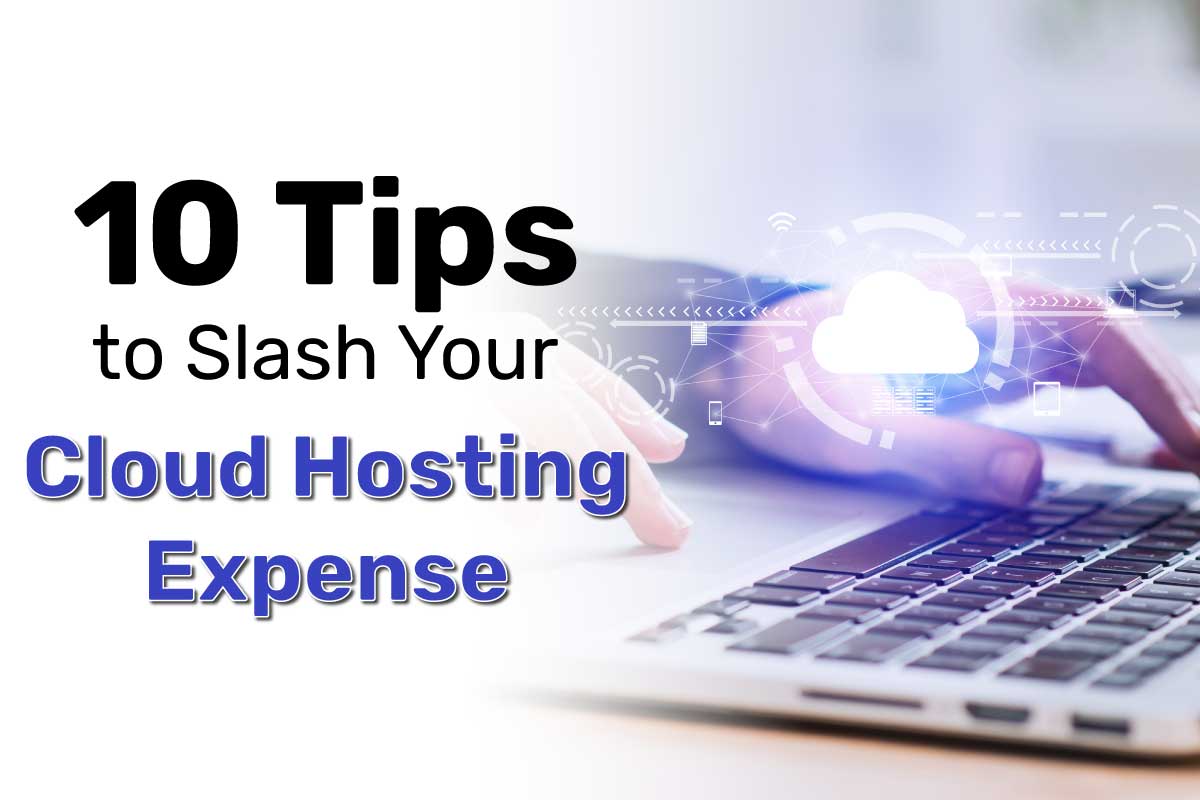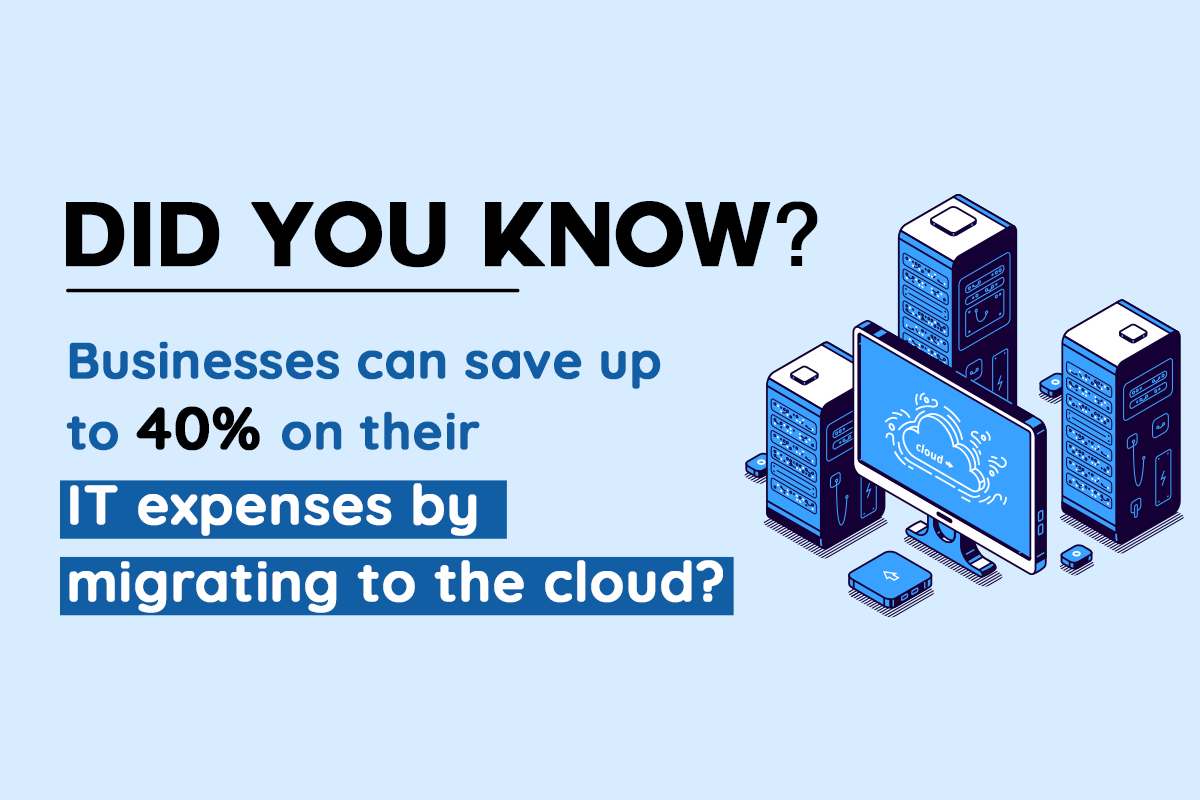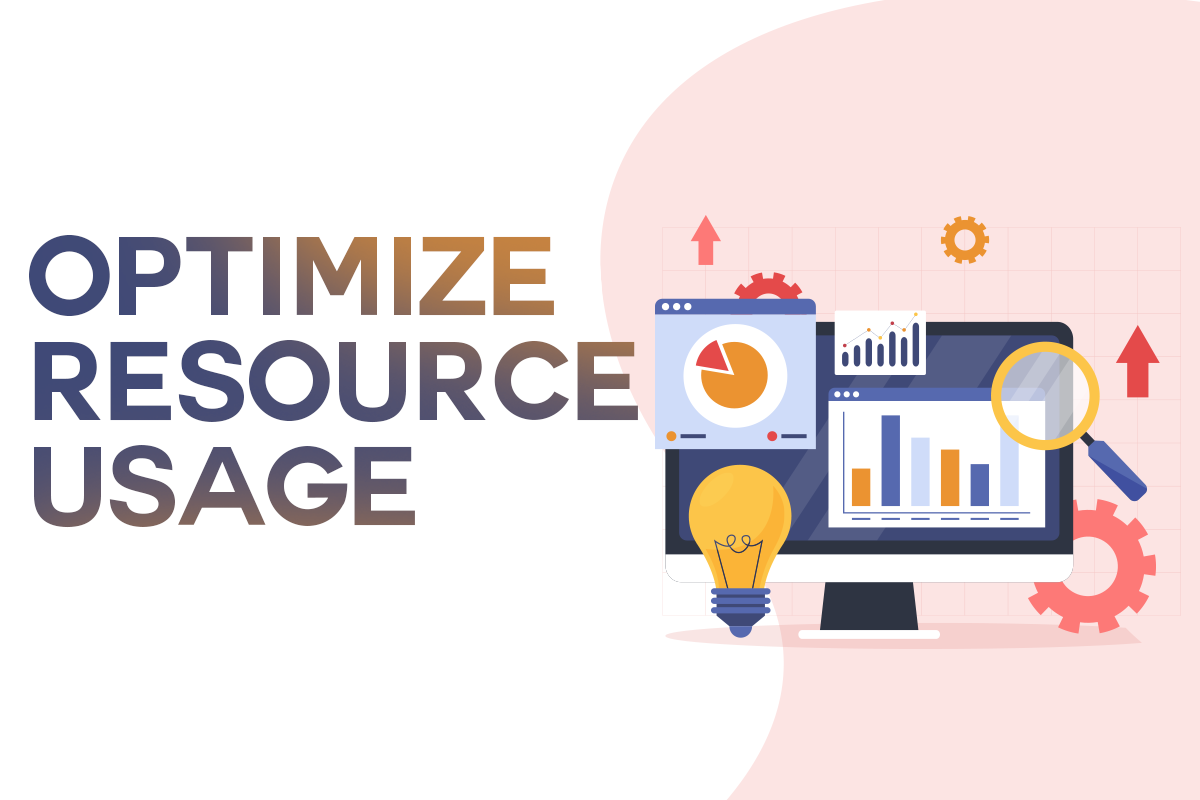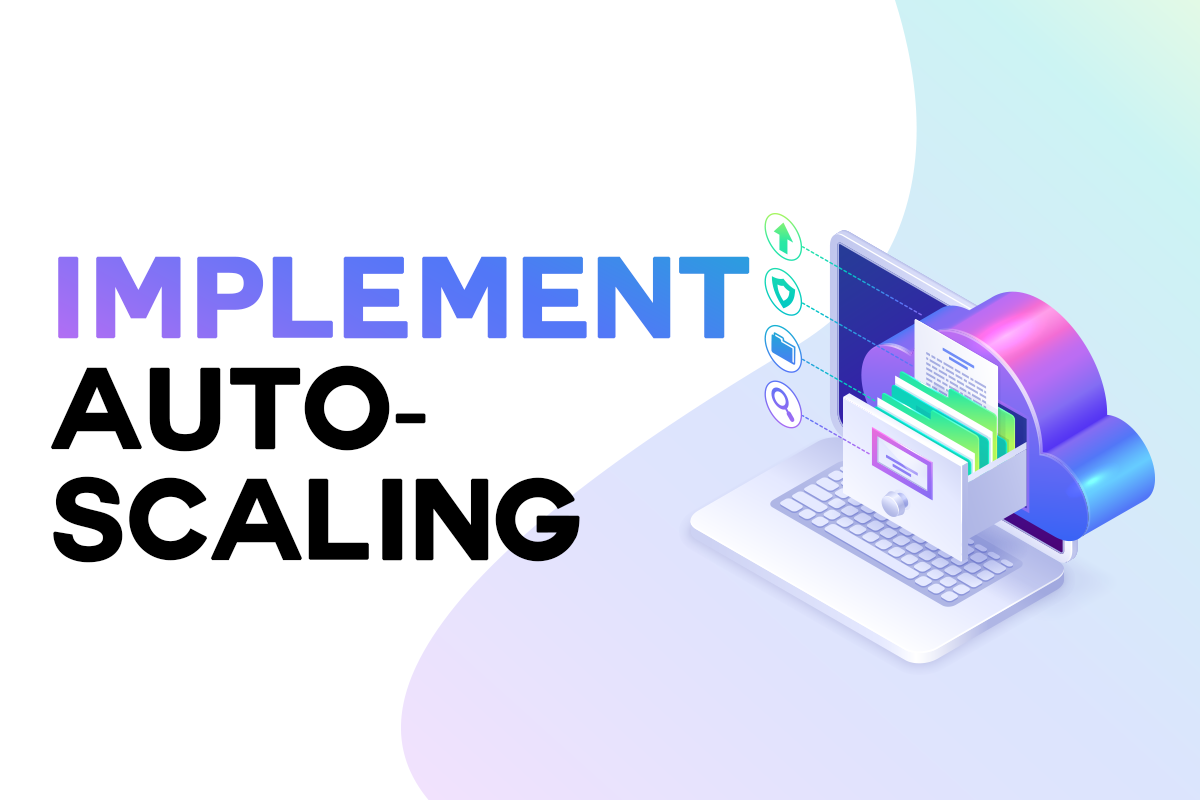10 Tips to Slash Your Cloud Hosting Expense
Welcome to the cloud computing era, where businesses gain unprecedented flexibility and scalability, making their companies soar to new heights thanks to cloud hosting. But while the bottomless possibilities are there, lurking in the shadows are rising expenses. Yes, cloud hosting is a real game-changer, but if you do not act cautiously, these bills may grow even faster than a rocket launch.
Businesses worldwide are predicted to spend tremendous amounts on cloud services in the coming years, with budgets higher than the buildings of the universe. It’s a digital gold rush, but like all gold rushes, the stakes are high, and if you are not careful, you can quickly fall into a debt pit.
But fear not! Today, we are starting a journey to get the balance back between your cloud hosting costs. Not even minor revisions and edits are enough here; we’re talking about a significant cut of those costs with the precision of a surgeon, thereby leaving more space for development and innovation in your budget.
Here we go—strap down your seat because we will discuss 10 ways to reduce cloud hosting expenditures. Let’s make your cloud wishes come true without breaking the bank!
Trim Your Hosting Budget: 10 Tips You Need
Managing your cloud hosting costs is essential for businesses looking to optimize their budgets without compromising performance.
Here are ten practical tips to help you effectively reduce your cloud hosting expenses.
1. Optimize Resource Usage
By routinely reviewing your resource allocation, you can ensure that you only pay for what you need. Partnering with cloud cost optimization companies can further enhance these efforts, providing specialized expertise to identify additional savings and manage resources effectively. To save needless expenses, identify and reduce any underused or wasted resources. Optimizing resource use can help you get the most out of your cloud investment.
2. Choose the Right Pricing Plan
Choosing the right price plan may greatly influence how much cloud hosting costs. Analyze your consumption habits and consider choices like pay-as-you-go or reserved instances. Pay-as-you-go models are flexible, and reserved instances can save money for predictable workloads. To further optimize your expenditure, look into cloud providers’ discounts and cost-saving options.
3. Monitor Usage and Costs
Make use of monitoring tools to keep an eye on your resource consumption and related expenses in real-time. Set up notifications to be informed of any unanticipated increases in use or spending. You may proactively manage your spending and pinpoint improvement areas by keeping yourself informed.
4. Implement Auto-Scaling
Use auto-scaling to dynamically modify your resources in response to demand. This ensures that you can deal with a spike in traffic during peak hours without going overboard during slow times. Auto-scaling lowers needless expenses and maximizes resource usage.
5. Consider Multi-Cloud or Hybrid Solutions
Investigate hybrid or multi-cloud cloud options to benefit from provider pricing differences. You may optimize expenses and take advantage of the strengths of several providers by diversifying your cloud infrastructure. To find the ideal balance for your company, consider workload placement about performance and cost needs.
6. Leverage Spot Instances
Use spot instances for workloads that don’t require immediate attention or can wait for disruptions. Spot instances are far less expensive than on-demand instances, but the cloud provider may quickly recover them. Monitor spot instance availability and price to maximize efficiency and reduce expenses.
7. Review and Eliminate Unused Resources
Audit your cloud infrastructure frequently to find and remove any resources that aren’t being used. Instances, storage volumes, and other decommissioned services fall under this category. Consider implementing rules or using automation technologies to remove unused resources and stop spending money automatically.
8. Optimize Storage Usage
Examine your storage consumption regularly and look for areas where you can improve. Remove unnecessary data or files to save expenses and free up storage space. In addition, consider your data access habits when selecting economical storage alternatives. For example, you may choose lower-tier storage for data that is accessed infrequently.
9. Opt for Pay-as-You-Go Models
Pay-as-you-go pricing structures are an excellent way to match your expenses to actual consumption. Pay-as-you-go methods are flexible, letting you add or subtract resources as needed without committing to a long-term plan. To keep your flexibility and adaptability, try to avoid signing long-term contracts.
10. Continuously Optimize
Cost optimization is a continuous process that has to be reviewed and modified frequently. Keep an eye on your cloud hosting costs and pinpoint areas for further optimization. Keep yourself updated on your cloud provider’s new features, price adjustments, and potential for cost savings to ensure you always get the most out of your investment and spend as little as possible.
How Companies Reduced Cloud Expenses – Case Studies
Managing cloud expenses effectively is both an art and a science. Take a look at how companies slash their cloud expenses to 80%. We have compiled a few best case studies for you:
1. Arabesque AI – Financial Asset Management
- About the Company: Arabesque AI specializes in financial asset management, using artificial intelligence to create investment strategies. They leverage AI to analyze financial markets and identify patterns applicable to various asset classes.
- Cost Optimization and Resource Utilization Strategies:
- Utilized Google Cloud’s preemptible node pools within GKE for dynamic resource scaling.
- Leveraged Cloud Run and Cloud Functions’ pay-as-you-go models.
- Performance Gains:
- Achieved a 10x increase in data streaming and analysis capabilities.
- Results:
- Cut server costs by approximately 75%.
- Focused more resources on core research activities.
2. Current – Financial Tools for Teens
- About the Company: Current offers financial tools for teenagers, including a debit card and app. Their platform helps teens learn financial management skills, with features like savings goals and real-time balance checks.
- Challenges and Cloud Optimization Strategies
- Faced scalability issues with the Neo4j graph database as the user base grew.
- Moved to Google Cloud and adopted containerization to eliminate bottlenecks.
- Performance Gains
- Experienced a 400% improvement in app development time-to-market.
- Reduced error resolution time by 80%.
- Results
- Slashed cloud hosting costs by 60%.
- Improved app deployment times from days to hours.
3. Apxor – Zero-Code App Development
- About the Company: Apxor facilitates mobile app companies in enhancing in-app experiences without coding. They rank among the top software products and focus on data-backed solutions.
- Challenges and Cloud Optimization Strategies
- Faced difficulties with infrastructure deployments and bandwidth with the previous cloud provider.
- Migrated to Google Cloud for optimized operations, cost savings, and scalability.
- Performance Gains
- Achieved 30% cost savings in infrastructure.
- Processed 1.5 billion data points daily.
- Results
- Cut infrastructure costs by 30%.
- Freed up DevOps time for new product roadmaps.
Final Words
That’s it!
In conclusion, mastering cloud hosting cost optimization is essential for businesses to thrive in today’s digital landscape. By implementing the above ten tips outlined in this guide, companies can effectively reduce expenses without sacrificing performance.
The case studies provided demonstrate real-world success stories, highlighting the significant savings achievable through strategic cost management. With careful planning, continuous optimization, and the right tools, businesses can unlock the full potential of the cloud while maintaining financial efficiency. In the world of cloud hosting, savings pave the way for success.







Leave a Reply